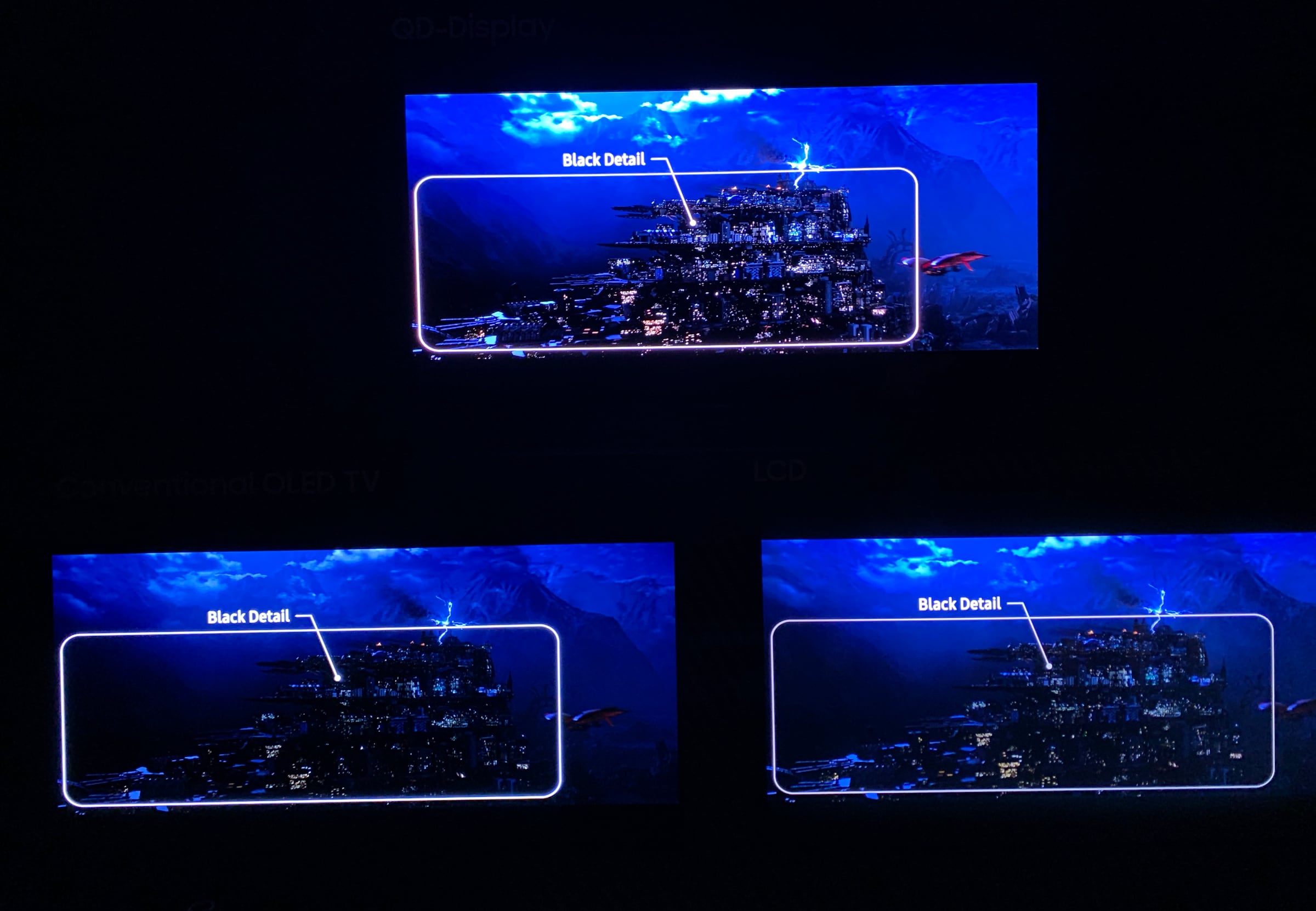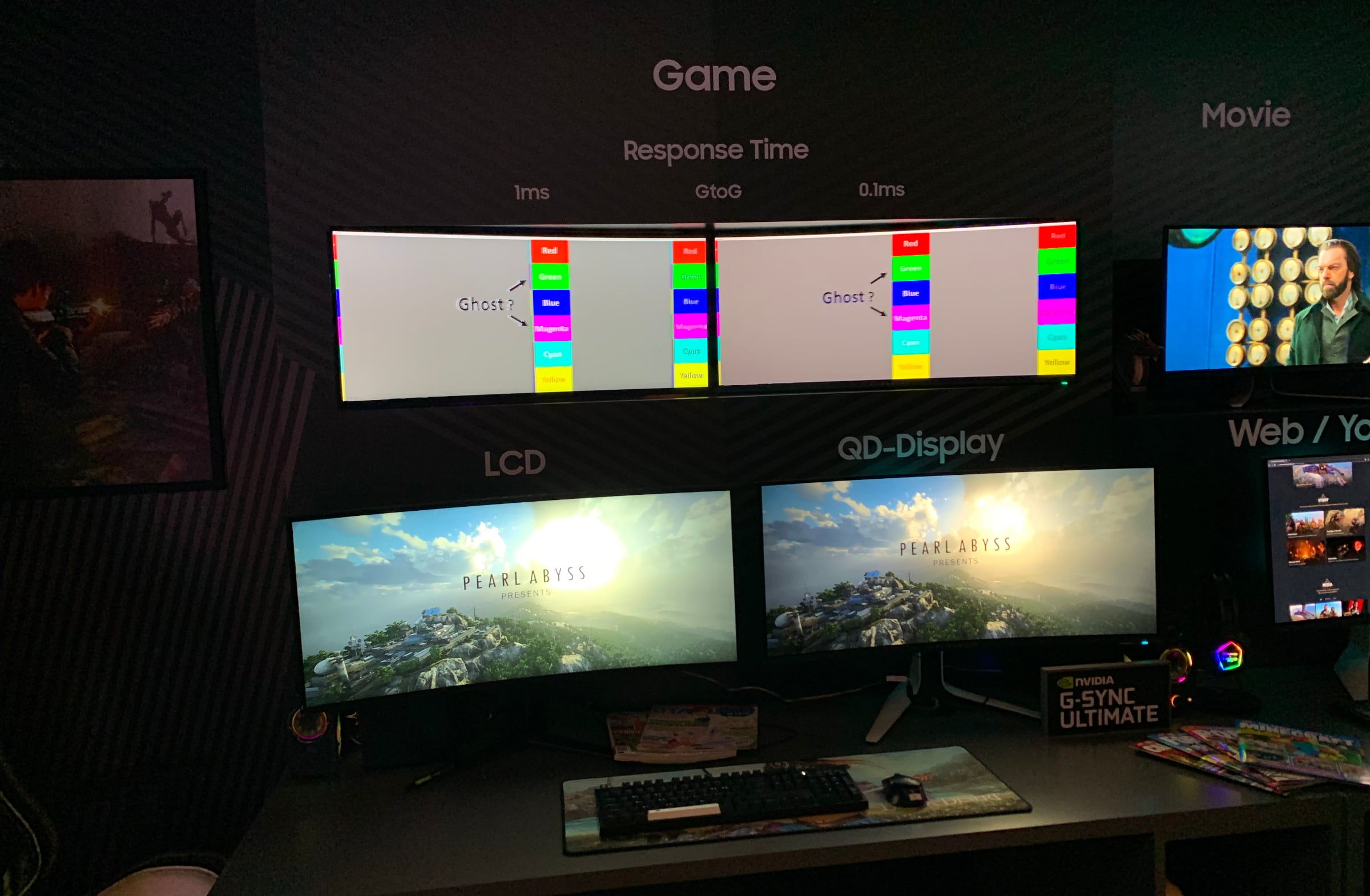First models are 34 inch ultrawide QD-OLED panels with 175hz refresh. Both Dell and Samsung have announced a new gaming monitor with this panel
Specs:
34 inch Ultrawide, 3440x1440 @ 175hz 10bit QD-OLED panel. 0.1ms response time, 99.3% DCI-P3 and 1 million:1 contrast ratio, 1000nits peak brightness, Gsync Ultimate, 3 year warranty.
Launch is in March/April, No price yet but given the 65 inch TVs are $8k usd I wouldn't be surprised if this first QD-OLED gaming monitor are several thousand too
https://tftcentral.co.uk/news/dell-alienware-aw3423dw-with-34-qd-oled-panel-and-175hz-refresh-rate
Edit: Linus was given early access to test it, video below
Specs:
34 inch Ultrawide, 3440x1440 @ 175hz 10bit QD-OLED panel. 0.1ms response time, 99.3% DCI-P3 and 1 million:1 contrast ratio, 1000nits peak brightness, Gsync Ultimate, 3 year warranty.
Launch is in March/April, No price yet but given the 65 inch TVs are $8k usd I wouldn't be surprised if this first QD-OLED gaming monitor are several thousand too
https://tftcentral.co.uk/news/dell-alienware-aw3423dw-with-34-qd-oled-panel-and-175hz-refresh-rate
Edit: Linus was given early access to test it, video below
Last edited:








 Motion clarity is just so much superior to any high refresh rate ips/lcd display, at least when compared to my 144hz ips, more importantly is the fact that in order to get the best motion clarity from high refresh rate lcds, you also need to be pushing the fps at said refresh rate.
Motion clarity is just so much superior to any high refresh rate ips/lcd display, at least when compared to my 144hz ips, more importantly is the fact that in order to get the best motion clarity from high refresh rate lcds, you also need to be pushing the fps at said refresh rate.